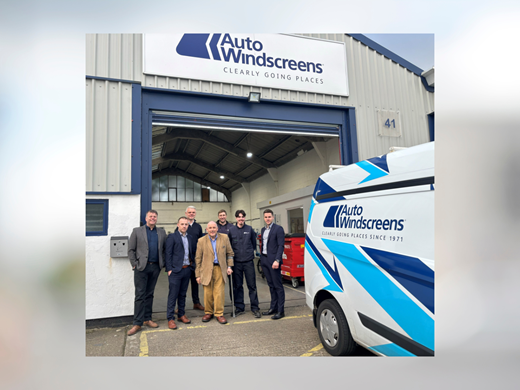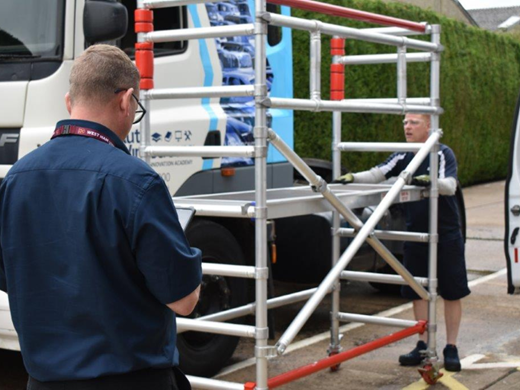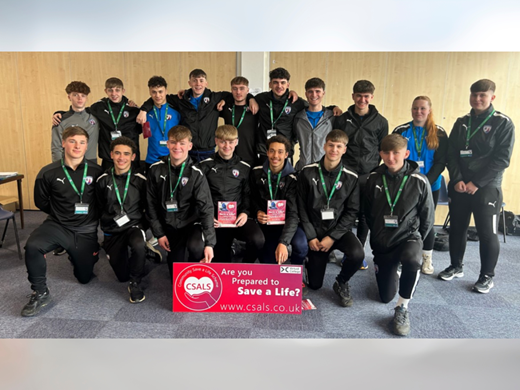Unsafe vehicles if ADAS is not recalibrated correctly
Tuesday, 22 Nov 2016

Drivers could be left with unsafe vehicles if ADAS recalibration after a windscreen replacement is NOT carried out by manufacturer dealerships
Drivers could be left with vehicles that are unsafe if they have their Advanced Driver Assistance Systems (ADAS) recalibrated using a third party aftermarket solution following a windscreen replacement – that was the message at Auto Windscreens’ Busting the Myths: Let's Talk about ADAS conference last Thursday (17 November) in Birmingham.
Auto Windscreens is the only leading vehicle glass repair company to have invested in building partnerships with manufacturers to combat issues around ADAS, rather than committing to spend on non-manufacturer built recalibration equipment. It has developed a unique relationship with them to ensure any vehicle incorporating ADAS is fitted with an OEM windscreen and is recalibrated by their dealers. This importantly means driver safety is guaranteed and manufacturer warranties remain intact.
Rupert Armitage, Auto Windscreens’ Managing Director, said: “We believe we have the right ethos when it comes to fitting OEM windscreens and using dealers for recalibration. ADAS technological advancements are rapid, but this approach means our partners and, more importantly, our customers are always fully protected. Using OEM glass and referring vehicles back to the manufacturer dealer networks makes sure ADAS cameras and sensors are performing in the way they are designed to, eliminating driver safety risks and keeping manufacturer warranties valid.”
His concerns were echoed by panellists, including Whiteroom Consortiums’ Head of Operations, Dave Reece, and Toyota’s Technical Network Advisor, Andrew Fitzpatrick, at the conference. The event was organised to give fleets and insurers the opportunity to talk directly to vehicle manufacturers, provide intelligence on current and upcoming technologies and bust myths around recalibration safety, legality and best practice. Andrew Marsh, founding member of Auto Industry Consulting Ltd, also presented an educational seminar exploring ADAS from a technical perspective and examined the impact this technology has on the repair aftermarket.
Rupert commented: “There is still a lot of confusion in the market around ADAS, such as how best to adapt windscreen excess, factoring in this additional expense currently being absorbed by insurers, and would fleets be liable for corporate manslaughter if an incident were to have been caused through incorrect recalibration?”
He added: “Our initiative is the only expansive aftermarket recalibration solution available. We believe that partnering with dealerships is the best way forward and Auto Windscreens is the only glass repairer to work directly with manufacturers to meet customers’ recalibration needs. This means any required recalibration is carried out by manufacturer-trained technicians using up-to-date, make-specific equipment that is suitable for the very latest vehicles released in the marketplace, as well as older models.”
Auto Windscreens has also integrated Epyx 1-Link technology into its existing workflow platforms to enable the recalibration appointment to be made at the same time as a windscreen replacement is scheduled. Additionally, it simplifies the billing process by generating an invoice immediately after the work is completed.
“The entire end-to-end solution is robust and enables a smooth, efficient and transparent process for all involved, from the customer to the fleet operator or insurer,” concluded Rupert. “It also incorporates a fixed-rate cost for the insurer, making our approach to recalibration highly competitive financially.”




